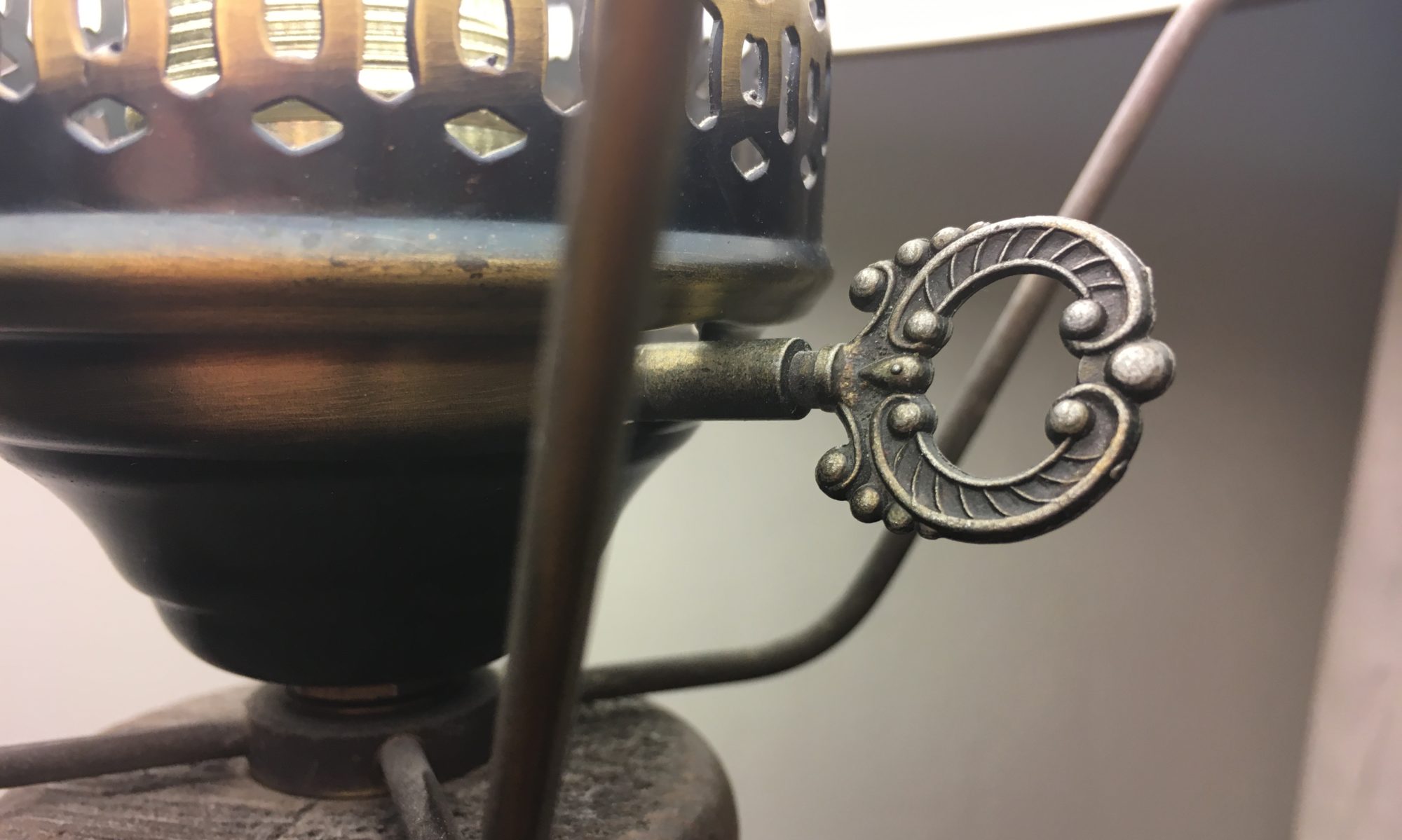Overview
The objective of journaling this semester is to inspire you to experiment in the many possibilities of English Studies, both responding to texts and producing texts of your own. We will also reimagine how we define “texts.” Consider this space as your own space in which to experiment!
Guidelines
Each student will produce six online journal entries during the semester.
In every case, the entries should be about 400-500 words in length, and should make an earnest attempt to respond to the given prompt, but departures from the prompts are welcome, and even encouraged!
Develop good blogging practices by referring to these blogging tips.
| Topic | What Is the Problem? | How to Fix it? | Why is it Important? |
|---|---|---|---|
| Bylines | The byline on your blog appears as a username or doesn't appear at all. | Dashboard > users > My Profile > First Name, Last Name, Nickname > Display Name Publicly As | Control the way your authorship appears on your blog |
| Hyperlinks | You don't link to the sources that you reference (articles, assignment banks, etc), or your links appear as long URLs. | In your visual editor, highlight the relevant text, then choose the Create Link icon from the style menu. | Hyperlinks a great way to point to external content (and therefore provide sources for your readers) without interrupting the flow of the text. |
| Paragraphs | Your paragraphs are excessively long, and oftentimes, your blog is one single paragraph. | Create shorter paragraphs than you normally would. A 500-word blog post might have anywhere from 3-5 paragraphs in it. | Paragraphs serve to organize ideas in a visual pattern. When we read on the web, our eyes tend to scan more quickly, and therefore we need to be able to detect topic sentences more quickly. |
| Photo credit | The source of your image is undocumented, and it is unclear whether or not you own the image and/or have permission to use the image. | In the caption under the photo, or at the end of the blog post, include a hyperlink to the original source of the image. | Giving credit to work that does not belong to you consititutes ethical blogging. Giving credit to your own work establishes origin. |
| Photo format | Your image appears to "float" on the page, because it is not aligned with text wrapping | Click on the photo in your text editor > Click on the edit photo button that overlays the image > Choose an alignment option (Left or Right) | Aligning your photos with wrapped text creates a more polished look, and a better reading experience |
| Titles | Your title does not invite the reader to peruse your blog post because it is vague, generic, or otherwise too abstract. | Identify the purpose of your blog post and create a title that reflects that purpose. | Choosing a specific title that reflects the content of your post not only guides readers to you, but it helps you establish the purpose of each post. |
Assessment
At the end of the semester, you will submit a one-page single-spaced business memo that evaluates your blogging this semester and assigns a letter grade to your own work using the following rubric:
A = excellent effort, on-time submissions, 5-6 complete posts;
B = good effort, mostly on-time submissions, 4 complete posts;
C = adequate effort, some late submissions, 3 complete posts;
D = poor effort, many late submissions, 2 complete posts
Out of the six entries you have produced, select two of them to highlight, quotes, and otherwise use as evidence to demonstrate the quality of your blogging this semester.
